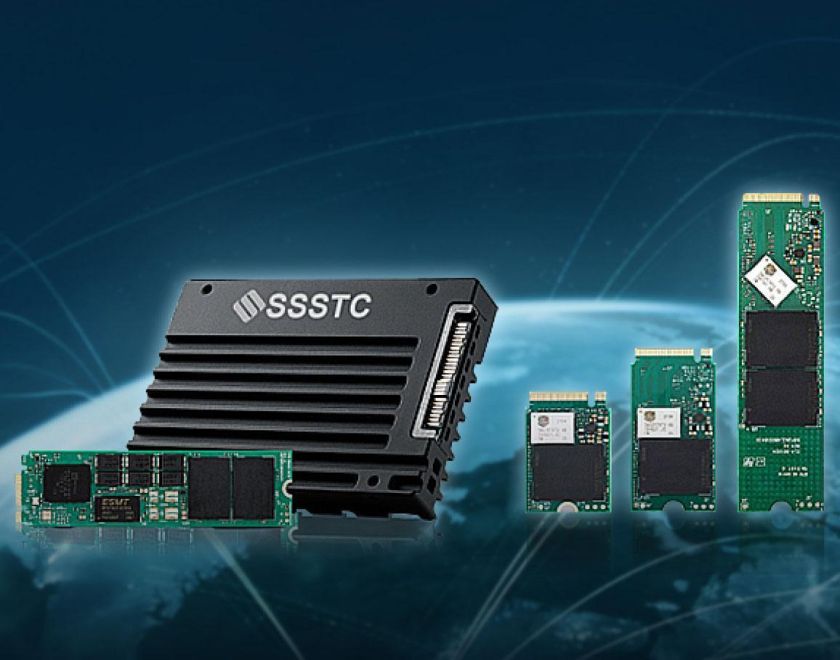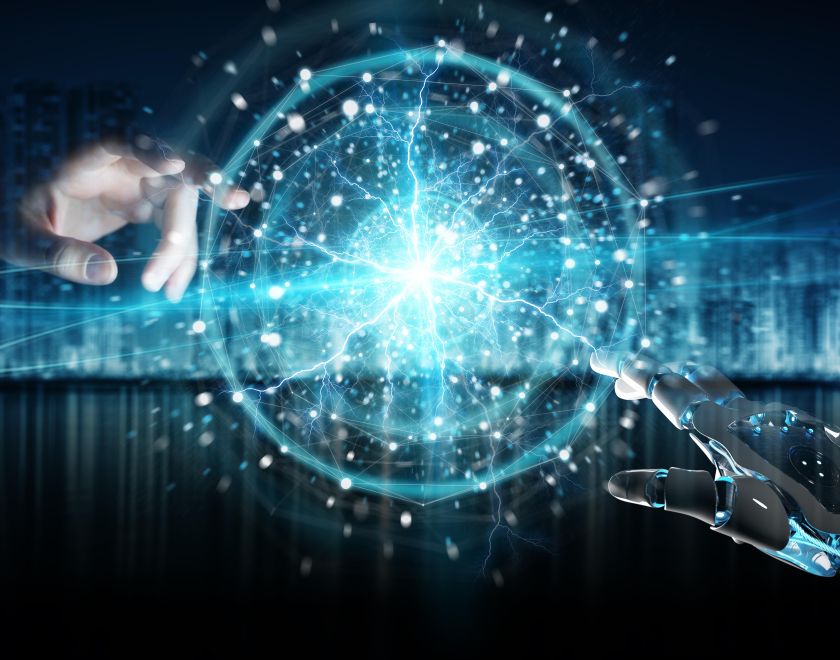Unraveling SSDs: Exploring the Crucial Components of Solid State Drives
Main Components of an SSD: A Deep Dive into the Key Elements of Solid State Drives
The Solid State Drive (SSD) is a high-performance data storage device that is gradually replacing traditional mechanical hard drives. The advantage of SSDs lies in their reliability, speed, and efficiency, all of which are attributed to their unique structure and components. In this article, we'll delve into the primary components of an SSD to give you an in-depth understanding of its internal structure and how it works.
NAND Flash Memory
At the heart of the SSD are flash memory chips, which utilize non-volatile memory to store data. These chips are divided into multiple storage units, known as memory cells. Each cell can hold digital information (either a 0 or 1), enabling data storage and retrieval.
A Guide to NAND Flash Memory: Comparing SLC, MLC, TLC, and QLC
Controller
The controller is a vital management unit within an SSD. It oversees the SSD's operations, including data processing, error correction, and storage management. The controller coordinates the reading and writing activities of the flash memory chips and provides an interface with the host system. A high-quality controller can offer enhanced performance and reliability.
Comprehensive Guide to SSD Controllers: Features and Selection
Cache
SSDs usually come with a cache area to temporarily store frequently accessed data. This cache region can boost the SSD's read and write speeds, especially when dealing with small files and random access.
Understanding DRAM Cache in SSDs: Boosting Speed, Reliability, and Efficiency
Interface
SSDs communicate and transfer data with the host system through various interfaces. Common SSD interface standards include SATA, PCIe, and NVMe. Choosing the right SSD interface standard is essential for ensuring that the SSD functions properly in your host system.
Understanding SSD Interface : SATA vs. PCIe vs. NVMe
Additional Components
Other components found in an SSD include power management modules, thermal controllers, and encryption engines. These components play a crucial role in providing a stable power supply, controlling temperature, and safeguarding data security.
As a significant innovation in modern data storage technology, the optimization and advancement of an SSD's key components are vital for enhancing performance and reliability. Understanding the main components of an SSD helps in selecting the right product and maximizing its benefits. For instance, the LJ1 U.2 SSD is an exemplary product with advanced controllers and high-speed transfer rates, catering to the needs of high-end users.
PJ1 U.2 SSD
NAND Flash: 3D TLC NAND Flash
Interface: PCIe® Gen4 x4
Sequential Read: UP to 7,000 MB/s
Sequential Write: UP to 4,200 MB/s
For more detailed information about SSD technology, including the PJ1 U.2 SSD, please visit SSSTC.com, where you'll find an extensive overview of various SSD models and features. If you want to learn more specifically about the PJ1 U.2 SSD, you can connect to the PJ1 U.2 SSD product introduction.
SSSTC provides the best quality, competitive cost mainstream storage products with superior customized service.Contact us to find more enterprise SSD or industrial SSD solutions.


__24C05D67dI.webp)
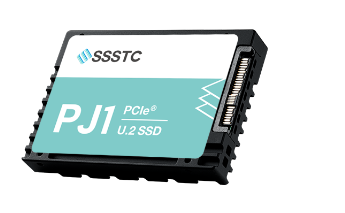
__24C15hqqtC.png)
__24C15wOdCC.png)

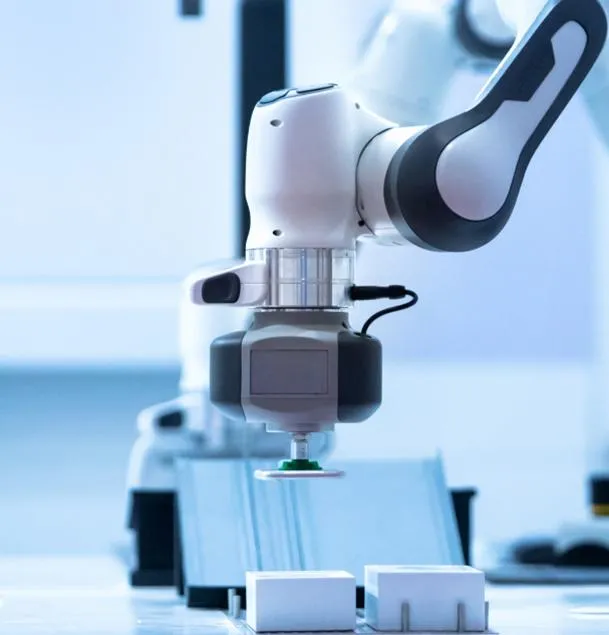
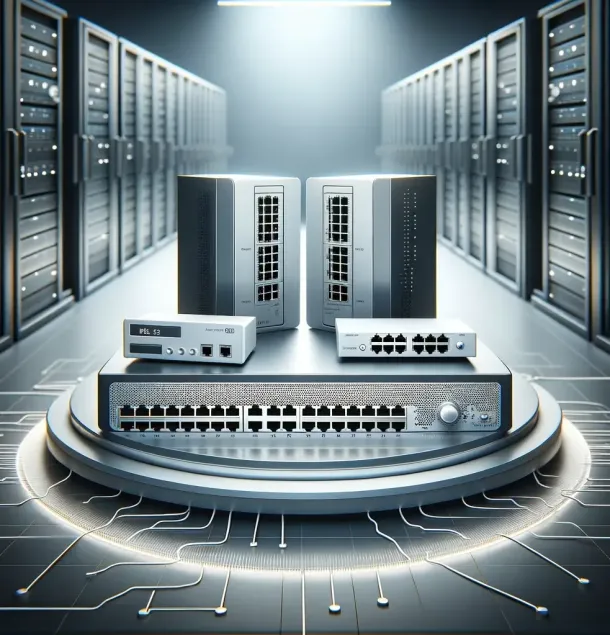


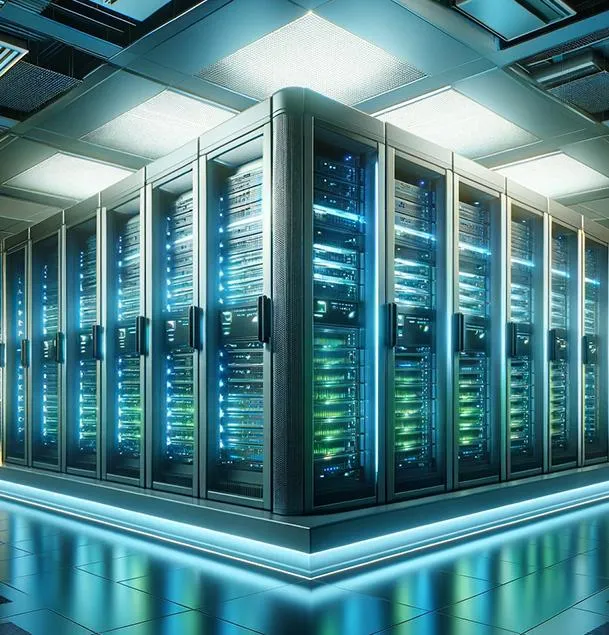


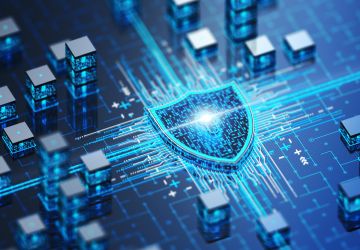
__24C05XQ2my.jpg)
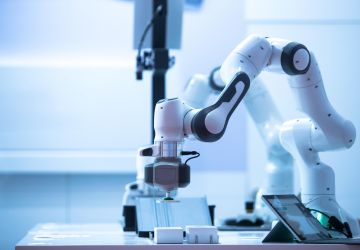

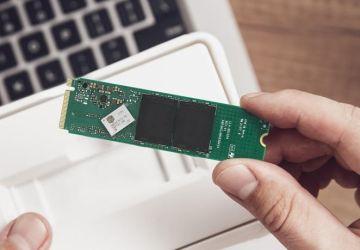
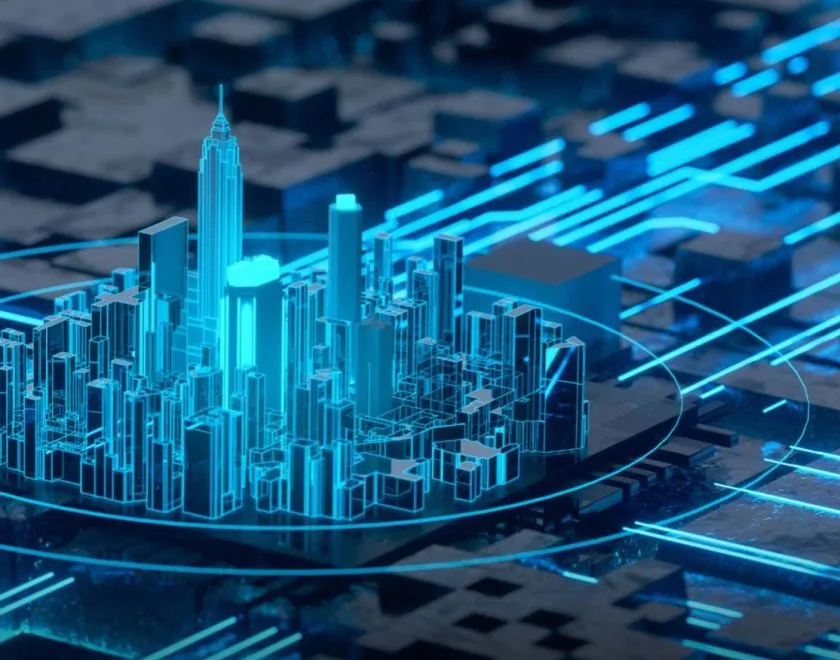


__24C05fplcZ.png)
__24C05vgHYC.png)
